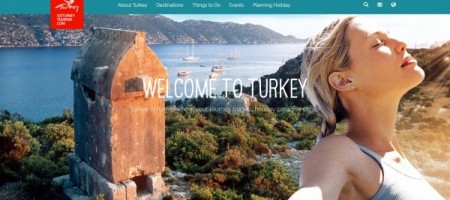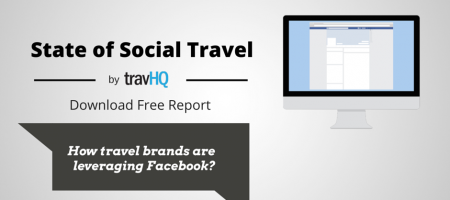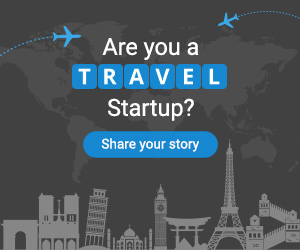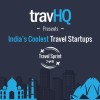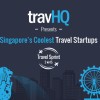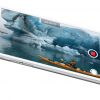As the industry shifts to mobile and media consumption patterns change, media companies are the first to adapt to the change. They have to stay ahead of the curve as it is crucial for them to ensure their content reaches where their audience are. Lonely Planet is one of the biggest names in travel publishing and the brand has been following the trends closely. In fact it is one of the first media brands to get onboard the recently announced Google Assistant to help Google answer travel related queries. With the evolution of new media platforms, travel brands are exploring them to market their products better. During the recently concluded TiE Travel Marketing Summit, Naveen Seshadri, COO, Lonely Planet engaged in a discussion with Daksh Sharma, Founding Partner, TravHQ to shed some light on the new trends that are emerging in travel marketing and how Lonely Planet is adapting to this shift. Here are the key highlights of the session:

(L to R) Daksh Sharma and Naveen Seshadri
Inspire the right way
The very first point Naveen highlighted is rather obvious yet often overlooked by brands. For most of the travel brands, a very important part of the marketing strategy is to educate and inspire travellers. However, they are not looking for the obvious destinations anymore. The content on your social platforms should go beyond that and educate people about something new which could be of more interest to them.
Build your own community
While the ceiling is dropping on travel publishing, Lonely Planet has found room for itself by constantly experimenting and with the brand value. There is a significant increase in number of self publishers or bloggers on different platforms which offers collaboration opportunities for brands to leverage the reach and provide content. However, brands also have to consider the fact that they might not be loyal to one brand. Which is why brands should look at building their own communities or work on a hybrid model with them so that they don’t keep hopping brands and lose relevance.
Smartly package quality
The internet is flooded with listicles. “10 things to do when you visit Mumbai” is the kind of content audience love, probably because it is easier to skim through text content that is divided in smaller parts. However, this format spoils rich, well researched content. Publishers should look at striking a balance between such instantly consumable content and deep, research driven content. Along with text, videos offer a great way to pack more information in an easily consumable format and brands should experiment with videos if they aren’t already.
Don’t try to boil the ocean
While it is good to set optimistic goals, it is never a good idea to invest heavily in advertising in early days. Trying to outspend OTAs and metasearch services won’t yield anything fruitful. The best approach is to define your niche and selectively target the set of audience with a certain degree of personalisation. This will not only increase conversions but also drive loyalty to some extent. With a small set of well targeted audience, you will be able to better match the expectations and thus leave a better impression.
Structure well
We have seen travel startups often find smart use of data and technology to create amazing products. However, in a bid to lead on the technology front, some fail to spend enough time on the user experience. Make sure that you are putting efforts on fine tuning the interface and offering a good user experience (Read how BlaBlaCar is doing it). Only then the users you have acquired with your marketing efforts will stick around.
If you are planning to add videos to your marketing plan for 2017, here are some tips for you from the experts.



